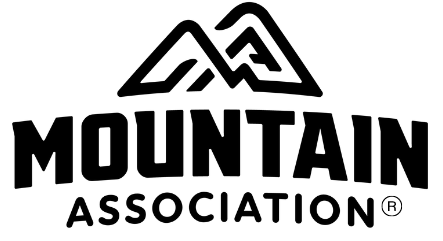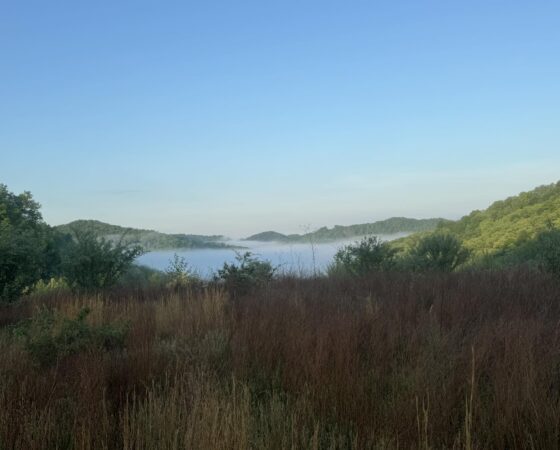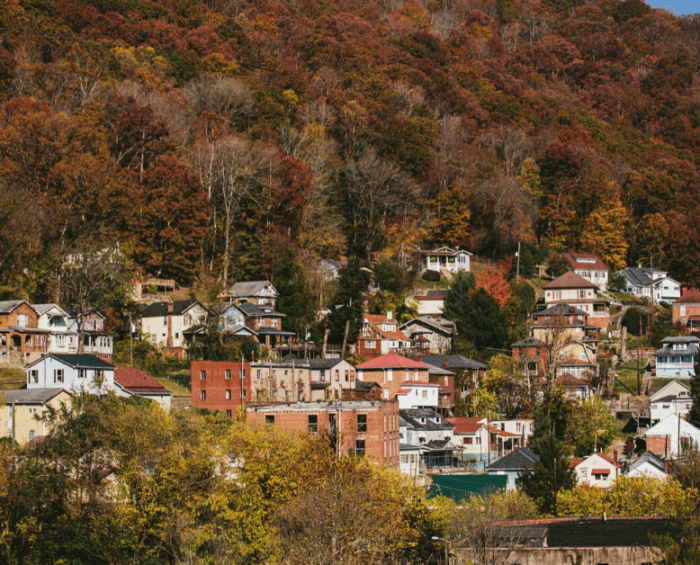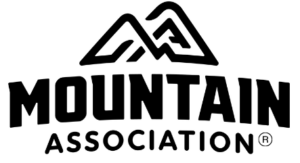We found the piece below from West Virginia Public Broadcasting to be thought-provoking because it does a good job articulating just how complicated development issues can be. What do you think: is putting money toward road-building a good way to foster a transition to a more just, sustainable and prosperous future for Appalachia? Let us know!
Appalachian corridors tie region to nation
By Cecelia Mason
September 2, 2010. Many folks will travel through Appalachia this holiday weekend on four-lane roads planned in the 1960’s that were meant to open the region to the world.
When the Appalachian Development Highway System was conceived in 1965 it was intended to include about 3,000 miles of modern highways.
“It’s important for trade, it’s important for travel, it’s important for energy efficiency, for moving people in terms of their health care needs, in terms of education,” Earl Gohl, Appalachian Regional Commission Federal Co-Chair, said. “It’s what helps make our economy work.”
Today about 2,700 miles, or 87 percent, of the highway system is complete. The roads cross parts of 13 Appalachian states from southern New York to northern Mississippi, Georgia and Alabama.
“The projects that were easier to do and a little less challenging have all been done and now we’re really into the challenging projects and ones that are really hard to move and complete,” Gohl said.
The roads in the system have taken 45 years to build because Congress didn’t provide a dedicated pool of money from the highway fund until about 10 years ago, according to Gohl, and states have had trouble coming up with matching funds.
Gohl expects about 42 miles to be finished this year and another 32 next year.
Traffic hums along Corridor G outside Charleston on a recent sunny day as drivers head to shopping centers, restaurants and other businesses that have popped up along the dual highway.
Corridor G starts near Pikeville, KY, and goes to Charleston. The stretch near Charleston opened in 1997. Gohl considers this road a success.
“The real experience of driving on these roads as opposed to driving on the curlicues up and around the mountains and through the hollows, that’s where you see the difference,” Gohl said.
Studies show jobs have also been created. Gohl cites one that looks at 12 corridor segments including D, E and L in West Virginia. It estimated that about 16,000 permanent jobs had been created by 1995.
All of West Virginia’s Appalachian Development highways are complete except one, Corridor H. It is supposed to run 131 miles from Elkins into Virginia near Wardensville.
In the 1990’s while planning the road the state faced fierce opposition.
One group, Corridor H Alternatives, pushed to have existing roads upgraded rather than a new highway built.
“It seemed like the wrong thing to do and it still is, to build a road crashing through the mountains and peoples’ farms and the national forest for very few cars to drive on because of a theory that was 20 years outdated in economic development,” Bonni McKeown, Corridor H Alternative member, said.
In 2000 Corridor H Alternatives won a legal settlement that forces the state to build the road in segments, like the 20 or so miles that stretch from Wardensville to Moorefield in Hardy County.
“They have to get environmental approval for each segment,” McKeown said. “So some segments are being built or have been and other segments are still waiting and may never be built.”
Even though she opposes the road, McKeown said she finds herself driving on it every once in awhile.
“That’s the part in Hardy County so, you know, whatever, if it’s there people use it,” McKeown said. “After all my tax dollars pay for it.”
Mallie Combs is Executive Director of the Hardy County Rural Development Authority and a supporter of Corridor H.
“It has allowed from an economic development standpoint our industries to have their materials and be able to get people in and out to make their jobs and businesses more productive and cost effective,” Combs said.
Combs said Corridor H has made it safer to travel across Hardy County and its helped commerce by making it easier for people on one end of the county to shop and do business in the other end.
Combs hopes the state will eventually finish Corridor H because she thinks the road will bring economic development and tourists to the Potomac Highlands region. She disagrees with opponents who are trying to prevent growth and development.
“I’ve heard many a time people say well they’d just like to keep it the way it is,” Combs said. “In theory that would be the perfect world, in reality it doesn’t work, things continue to move forward whether we want to move forward or whether we don’t.”
The state hopes to build about 70 more miles of Corridor H. According the Appalachian Regional Commission, 16 miles will open this year and another 7 next year.
Virginia was originally going to build 14 miles of the road but has shelved those plans.





